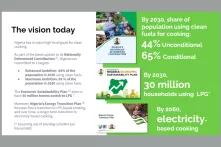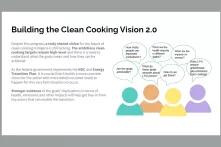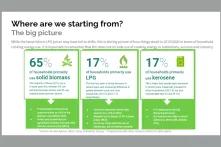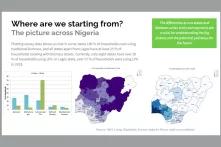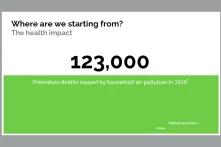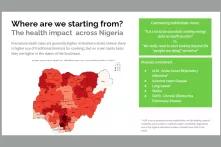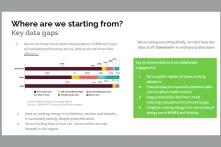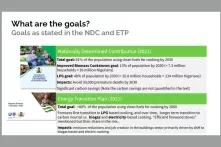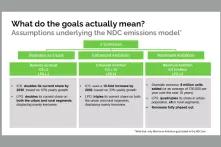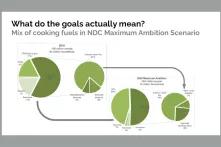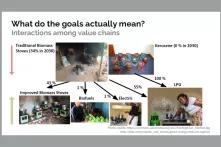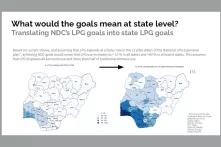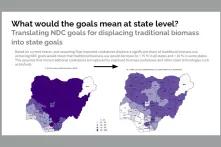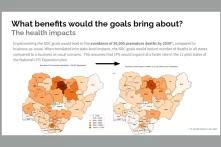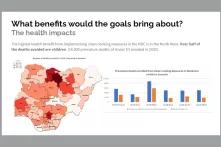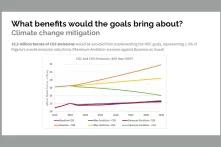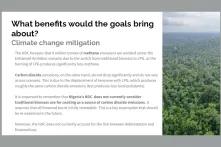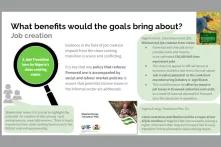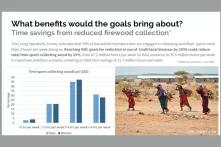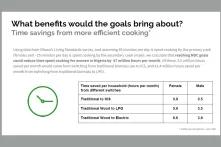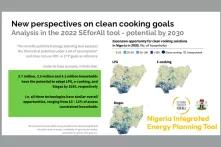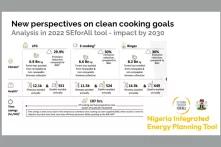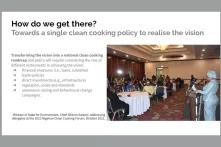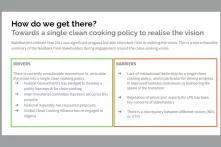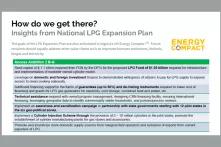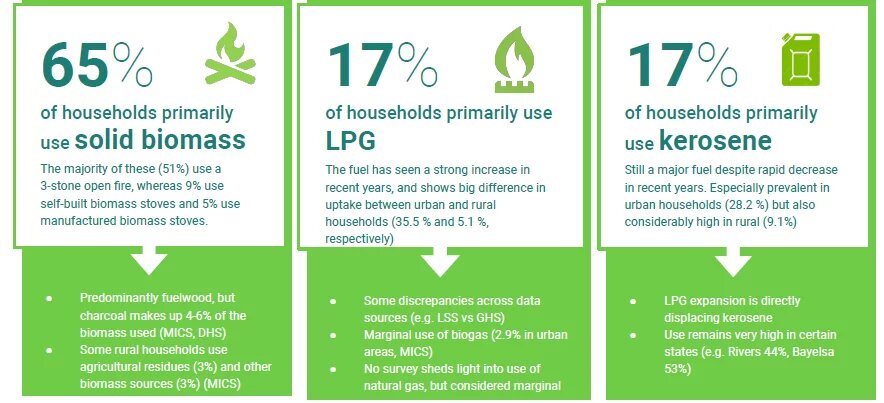
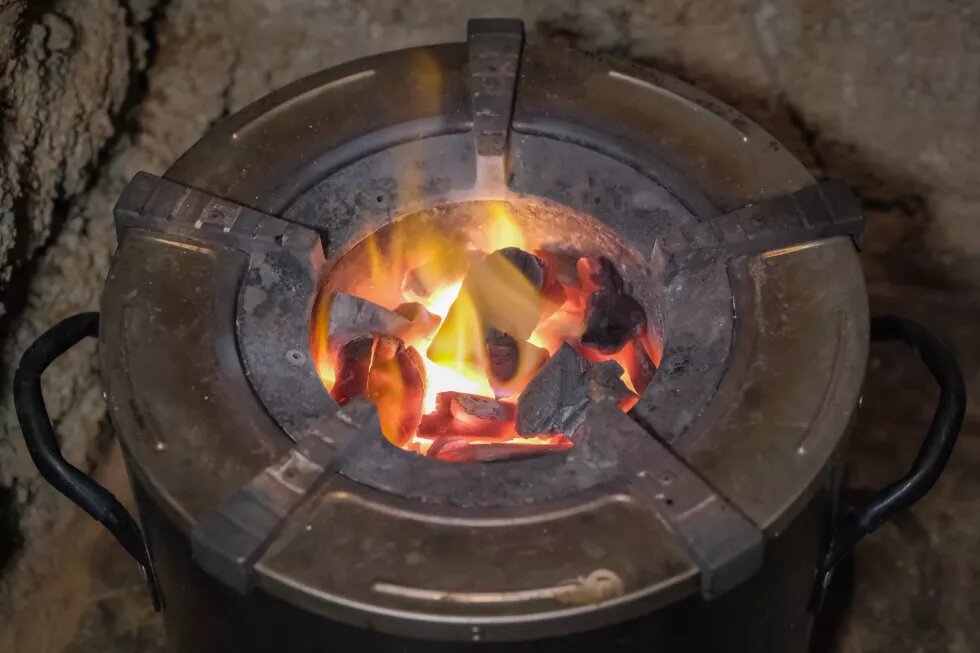
According to the National Bureau of Statistics, about 65% of all Nigerian households primarily use solid biomass for cooking, while only 17% use cleaner fuels such as LPG. In addition to the climate and deforestation impacts of cooking, household air pollution is the 5th largest risk factor for premature death in Nigeria. In 2018 alone, 123,000 premature deaths were caused by household air pollution. The costs - in terms of health, time and money - are primarily borne by women who remain the primary caregivers and providers of unpaid work at household level.
Ambitious government plans to change this situation exist. These are summed up in the Economic Sustainability Plan, the Nationally Determined Contribution (NDC) and the Energy Transition Plan. The National LPG Expansion Plan aims to have 30 million homes switch to LPG by 2025. As part of the updated NDC, Nigeria has committed to two targets:
- Enhanced Ambition scenario: 44% of the population in 2030 using clean fuels (unconditional).
- Maximum Ambition scenario: 65% of the population in 2030 using clean fuels (conditional on international support).
Moreover, Nigeria’s Energy Transition Plan foresees first a transition to LPG-based cooking, and over time, a longer-term transition to electricity-based cooking.
The NDC’s Maximum Ambition scenario assumes that just under half of the country’s population shifts to LPG by 2030, and kerosene is fully phased out. In addition, there is a dramatic increase in sales of improved biomass stoves, adding over 8 million units by 2030, or an average of 750,000 per year.
The benefits this would bring about are compelling. It is estimated that reaching Maximum Ambition targets would help to:
- avoid 32,000 premature deaths by 2030, including saving the lives of 16,000 children under the age of five;
- save 10.5 million tonnes of CO2 emissions (without considering effects from deforestation);
- reduce time spent on collecting firewood by an average of 25%.
Despite the achievement of putting in place this ambitious goal, a shared plan for the future of clean cooking in Nigeria is still lacking. Targets remain high-level and there is a need to probe their assumptions and implementation pathways.
Against this backdrop, the Heinrich Böll Foundation, in collaboration with International Centre for Energy, Environment and Development (ICEED) and the Stockholm Environment Institute, undertook a stakeholder engagement process that brought together actors in the LPG, improved biomass cookstove and other clean cooking energy value chains.
The three guiding questions that this process sought to address were:
- Where are we starting from? What are the existing sources of data on cooking energy and how do they help us plan the transition?
- What do the goals actually mean? What evidence are the goals based on? What emission, health and other benefits would they bring about, compared to business-as-usual?
- How do we get there? What are the priorities for stakeholders? What are the major risks we need to take into account?
Some of the key recommendations from the stakeholder engagement include:
- Align the NDC and the Energy Transition Plan in terms of pathways for different technologies and core assumptions;
- Strengthen the national demographic surveys as the key to monitoring the success of the transition;
- Incorporate land-use change emissions from the use of traditional biomass into the impact assessment;
- Strengthen the evidence base in the field of job creation and just transition impacts;
- Set up a public registry of clean cooking initiatives;
- Assess the potential for biogas, bioethanol and electricity, which may be relatively small in the near future, but is key to achieving long-term goals.
Transforming the vision into a national clean cooking roadmap will also require considering the role of different instruments such as:
- financial measures (i.e., taxes, subsidies);
- trade policies;
- direct investments (i.e., infrastructure);
- regulation, codes and standards;
- awareness-raising and behavioural change campaigns.
Nigeria’s vision for clean cooking is bold. In order to realise such a fast transition, there will need to be strong institutional leadership and alignment of strategies for different clean cooking value chains.




